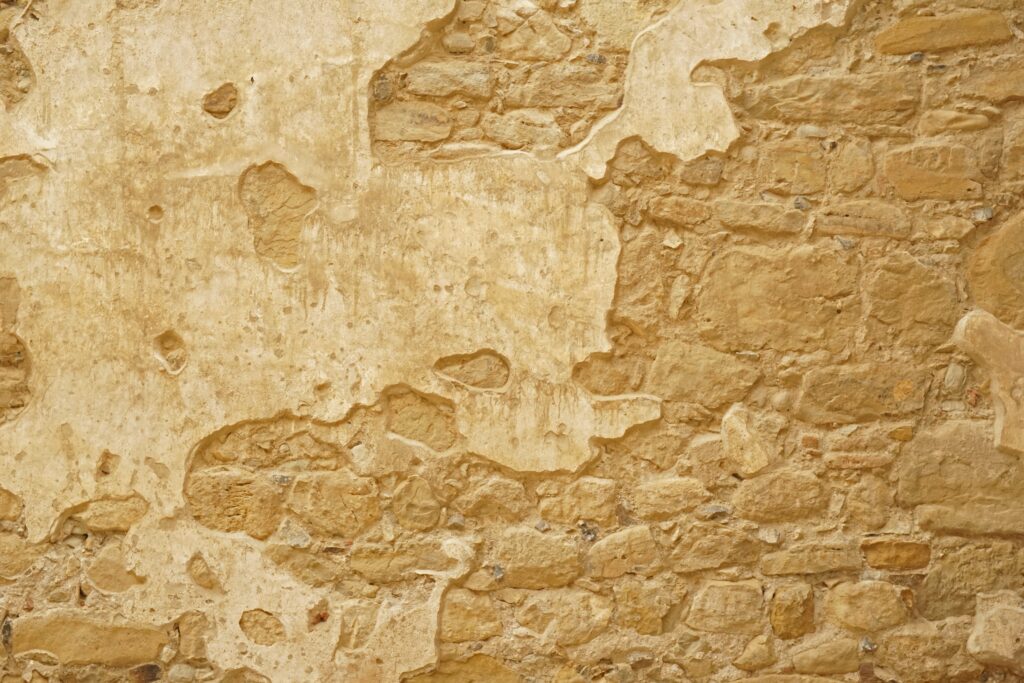If you’re faced with unsightly holes in your stucco walls, fret no more! In this article, we will guide you through the process of stucco hole repair, helping you restore your walls to their former flawless glory. From identifying the cause of the holes to selecting the right materials and step-by-step instructions, we’ve got you covered. So grab your tools and let’s get to work on rejuvenating your stucco walls!
Overview
If you’re facing a stucco hole repair, don’t worry! With the right knowledge and tools, you can easily tackle this project and restore your stucco to its former glory. In this article, we’ll break down the steps involved in repairing a stucco hole, from assessing the damage to putting on the finishing touches. Whether you’re a seasoned DIY enthusiast or a beginner looking to take on a new project, this comprehensive guide will help you complete your stucco hole repair with confidence.
Assessing the Damage
Before you begin your stucco hole repair, it’s important to assess the extent and location of the damage. By properly identifying the size and location of the hole, you’ll be able to determine the best approach for repairing it. Use a measuring tape to measure the dimensions of the hole and make note of its position on the wall. This information will come in handy when you gather the necessary tools and materials for the repair.
Additionally, it’s crucial to determine the cause of the damage. Was it due to moisture, impact, or structural issues? Understanding the root cause will enable you to address any underlying issues and prevent future damage.
Preparing the Area
Now that you have a clear understanding of the damage, it’s time to prepare the area for repair. Before you begin, gather all the necessary tools and materials. You’ll need items such as a hammer, chisel, wire brush, stucco patching compound, trowel, and protective goggles. Having everything readily available will streamline the process and save time.
Next, it’s essential to cover the surrounding areas to protect them from debris and potential damage. Use plastic sheeting or drop cloths to cover any adjacent surfaces, windows, or plants. This precaution will ensure that your repair work remains contained and that no additional areas are affected or stained.
Cleaning and Preparing the Hole
To ensure a successful repair, it’s important to clean and prepare the hole properly. Begin by removing any loose or damaged stucco around the hole using a hammer and chisel. Be careful not to chip away too much undamaged stucco.
Once the loose stucco has been removed, clean the surface of the hole with a wire brush. This will help remove any dirt, debris, and loose particles that may interfere with the adhesion of the repair material.
After cleaning, create a rough surface for better adhesion. Use the chisel or a wire brush to roughen up the edges of the hole. This will provide a textured surface for the repair material to adhere to, ensuring a stronger bond and a seamless finish.

Applying Repair Material
Choosing the right repair product is vital for a successful stucco hole repair. Visit your local hardware store and consult with a professional to select the most suitable repair material for your specific needs. Consider factors such as the size of the hole, the climate conditions, and the type of finish you desire.
Once you have the repair material, follow the manufacturer’s instructions to mix it properly. Ensure that the mixture has a smooth and consistent texture. This will ensure that the repair material spreads evenly across the surface and adheres well.
Now it’s time to apply the repair material to the hole. Using a trowel, carefully scoop up the mixture and press it into the hole, ensuring it fills all the gaps and is level with the surrounding surface. Take your time to smooth and flatten the repair material for a more refined finish.
Smoothing and Shaping the Repair
To achieve a professional-looking repair, it’s crucial to shape and smooth the repair properly. Use the trowel to shape the repair material, matching the contours of the surrounding stucco. This will help blend the repair seamlessly with the rest of the wall.
Ensure an even surface by carefully leveling the repair material with the existing stucco. Continuously check for any inconsistencies or bumps and make adjustments accordingly. A smooth surface will make it easier to blend the repair with the surrounding stucco during the finishing process.

Allowing the Repair to Cure
After applying the repair material and shaping it to your satisfaction, it’s essential to allow it to cure properly. Follow the manufacturer’s instructions for the recommended curing time. This may vary depending on the repair product and environmental conditions. Avoid touching or putting any pressure on the repair until it has fully cured to ensure its integrity.
While the repair cures, protect it from weather and moisture. Cover the area with plastic sheeting or place a tarp over it to shield it from rain, direct sunlight, or snow. This will prevent any potential damage and preserve the integrity of the repair.
Finishing and Painting
Once the repair has fully cured, it’s time to give it a finishing touch. Begin by sanding the surface of the repair to create a smooth and even texture. Use sandpaper or a sanding block to gently sand the surface until it matches the surrounding stucco.
After sanding, it’s important to prime and paint the repair to ensure a cohesive appearance. Apply a coat of primer to the repaired area, following the manufacturer’s instructions for drying time. Once the primer has dried, apply the matching paint color to blend the repaired area with the rest of the wall. Use a brush or roller to achieve a smooth and consistent finish.
Inspecting and Final Touches
Take a step back and inspect your repair for any imperfections. Look for any uneven areas, cracks, or color discrepancies. If you notice any flaws, carefully make final adjustments and corrections to achieve a seamless and professional finish.
Once you’re satisfied with the repair, take a moment to appreciate your hard work. By following the steps outlined in this article, you’ve successfully completed your stucco hole repair and restored the integrity and beauty of your stucco wall.
Conclusion
Repairing a stucco hole may initially seem like a daunting task, but with the right approach and step-by-step guidance, it can be easily accomplished. By thoroughly assessing the damage, preparing the area, applying the repair material, and giving it a finishing touch, you can achieve a seamless and professional-looking repair. Remember to follow the manufacturer’s instructions, protect the repair during the curing process, and make any necessary adjustments to ensure a high-quality outcome. With patience and attention to detail, you’ll be able to tackle any stucco hole repair and maintain the beauty of your stucco for years to come.

